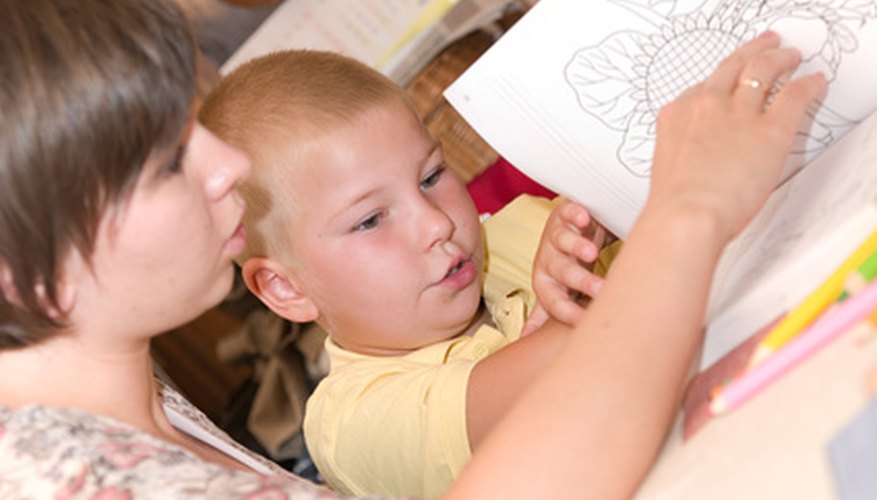Teachers have an increasingly difficult job trying to communicate effectively to classrooms that are growing in size and may contain students who come from varied backgrounds. Some common barriers to effective communication in the classroom are listening barriers, perception barriers, oral barriers and cultural barriers. Learning to recognise and overcome these barriers is essential in effective classroom communication.
Listening Barriers
Effective listening is one of the most important factors in classroom communication. Take the time to listen to what the other person is saying. When someone is speaking, you should not be thinking of your next response. Negative emotions may occur when certain words or body language is used. A teacher must also take care to keep emotional reactions to a minimum and focus on what the speaker is saying. Outside noise such as telephones, e-mail or construction noise can sometimes make listening difficult. This outside noise should be minimised in the classroom.
- Effective listening is one of the most important factors in classroom communication.
- Negative emotions may occur when certain words or body language is used.
Perception Barriers
Perception may be a barrier to effective communication in the classroom. Different people may receive and hear the same message but interpret it differently. Paying attention to detail is also important. Important aspects can be missed by not covering a subject in depth. A teacher should also learn to focus on both positive and negative aspects of a conversation. By having a distorted focus, a teacher may only focus on the negative aspects of a conversation.
- Perception may be a barrier to effective communication in the classroom.
- By having a distorted focus, a teacher may only focus on the negative aspects of a conversation.
Oral Barriers
Communication barriers in the classroom may exist if oral communication is not clear. Communication only occurs when the listener hears and understands your message in the way you meant for it to be received. Some problems in oral communications include using words with ambiguous meanings. The teacher must make sure the students clearly understand the meanings of words. Another problem in oral communications is using generalisation and stereotypes. Classroom communication should be specific to the topic and without bias. A teacher must also take caution not to make a premature conclusion before she has all the facts about a topic or situation. Finally, a teacher must overcome any lack of self-confidence and deliver the message with assertiveness and clarity.
- Communication barriers in the classroom may exist if oral communication is not clear.
- The teacher must make sure the students clearly understand the meanings of words.
Cultural Barriers
Cultural differences can be a barrier to effective communications in the classroom. It is possible for both a teacher and a student to have predisposed ideas about behaviour based on what the other person's culture is. Messages are often misunderstood if they are delivered in a way that is unfamiliar to the student's culture. It is important to dispel assumptions or biases based on cultural differences in a classroom .
- Cultural differences can be a barrier to effective communications in the classroom.
- It is important to dispel assumptions or biases based on cultural differences in a classroom .
